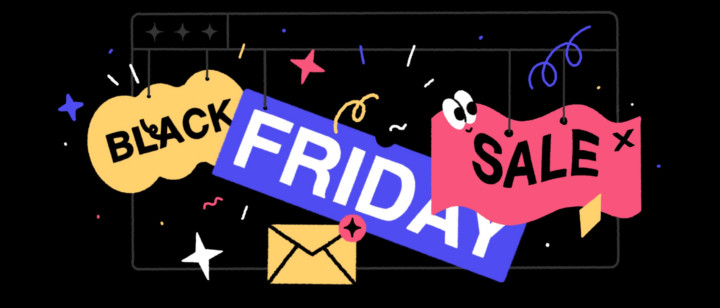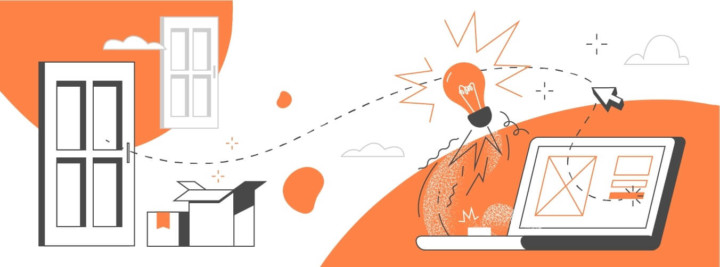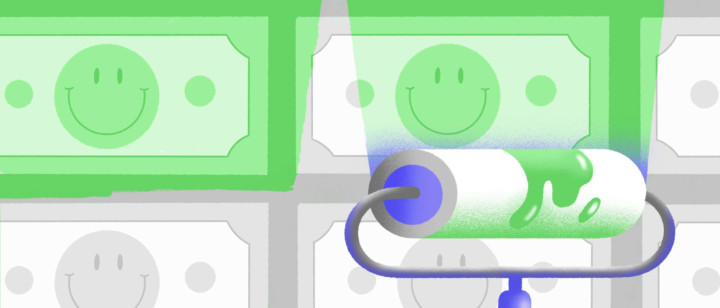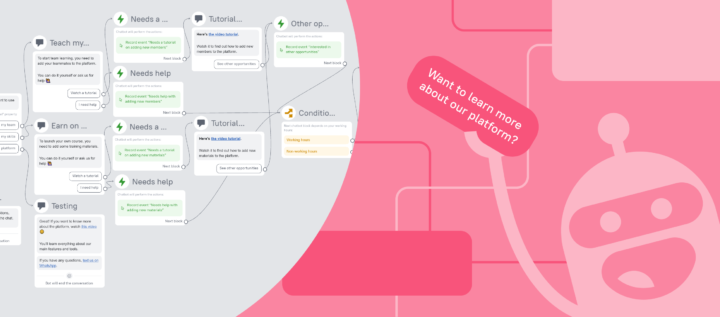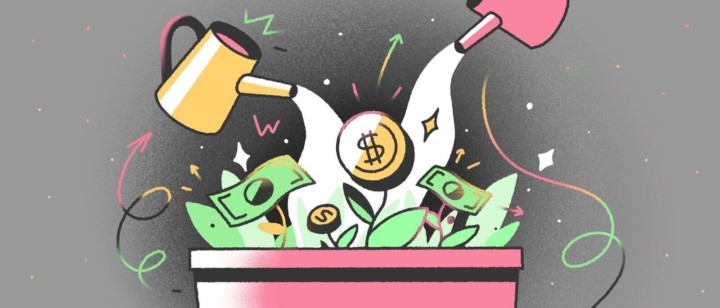Autofunnel complete guide: what is it and how to design + [free checklist]
![Autofunnel complete guide: what is it and how to design + [free checklist]](https://www.dashly.io/blog/wp-content/uploads/2020/02/funnel.gif)
An autofunnel is the user’s path from getting acquainted with making a purchase where you accompany him or her with pre-configured trigger messages. The important advantage lies precisely in the “auto” thing: you configure the funnel once and forever (for a long time). The implementation of the autofunnel requires virtually no human involvement.
Usually, the path of the customer is as follows: a visitor — a cold lead — a hot lead — a customer — a repeat customer.

An autofunnel saves your resources while increasing the number of customers. That is, with its help you “handle” more potential customers without spending time on staff and additional budget.
What does an autofunnel consist of?
An autofunnel consists of several sequential stages; at each stage, you make an offer to the user which leads him or her to the ultimate goal — making a purchase.

Stage 1 — Lead Magnet: this is a small free product that will attract the potential customer. The task of a lead magnet is to generate leads, so this product is usually offered in exchange for an email or a phone number.
Example of a lead magnet: for copywriting agency, this is a check-list for creating selling headlines; for online art courses — lecture notes on dadaism.
A good lead magnet can be identified by three characteristics:
- it solves the user’s problem;
- it’s clear from its description what is waiting for the user;
- it can be obtained immediately.
In order to understand what will become your lead magnet, analyze the search queries’ statistics on your subject or explore the thematic forums. You need to understand the challenges your potential customers face on a daily basis. You don’t have to try to solve a global problem — your core product can handle it. A lead magnet is designed to meet a small but urgent need.
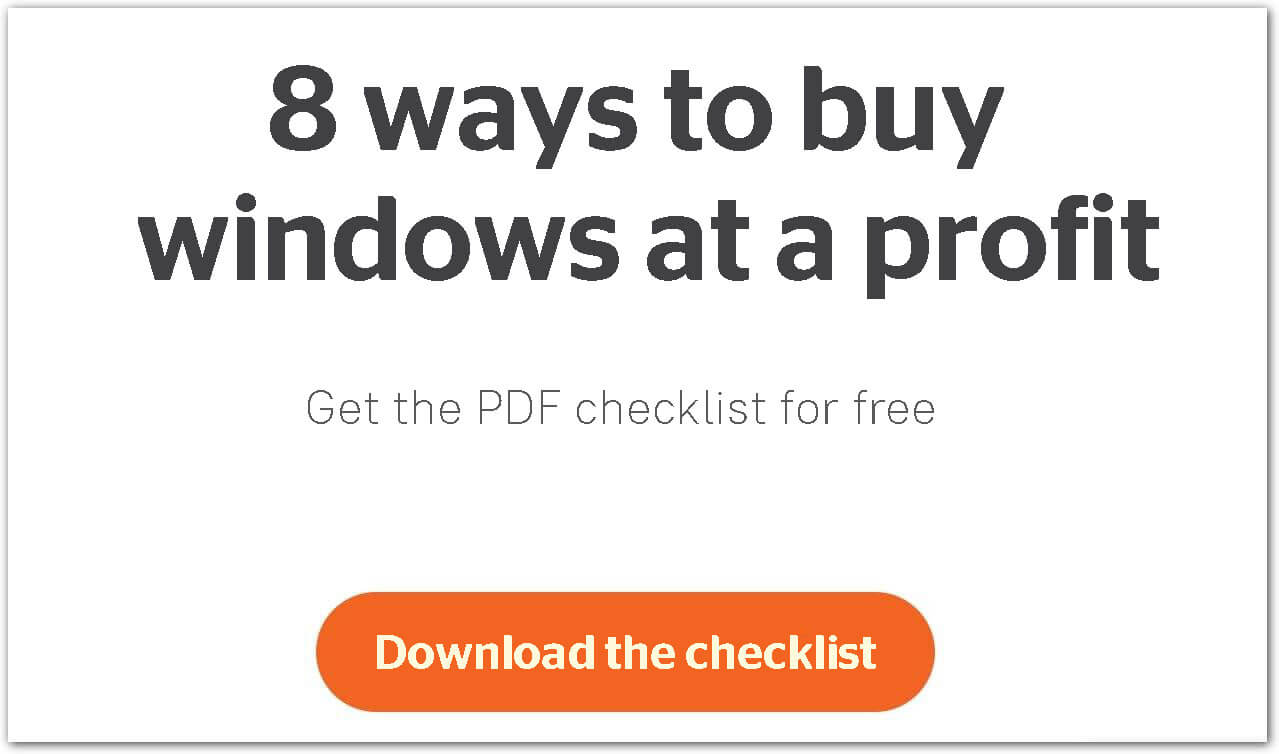
Stage 2 — Tripwire: this is a cheap product that’s interesting to users. It is attractive thanks to its price; potential customers get the opportunity to test your product and almost not spend. Thanks to the tripwire, a lead becomes a customer.
Example of a tripwire: selling the cheapest plan for $2 instead of $20 for those who submit their email to get a lead magnet.
Important: be prepared for that the tripwire won’t make you any profit. Its goal is to attract users at a low cost and allow them to get to know you, turn a lead into a paying (although a little) customer.
A good way to define a tripwire is to take the main product, separate one part from it and design it as an independent product.

Stage 3 — Core product: this is the main product around which your business is built and for which you need an autofunnel. It is for the purchase of the core product that a lead magnet and a tripwire prepared a user for.
Example of the core product: for online art courses, this is the key course with feedback and a certificate.
Profit Maximizers are additional products and services that you offer along with the core product.
Example: a customer has paid for online training and you offer them to buy an extended reference list.
From theory to practice
To build an autofunnel, you need to configure and run all the items that we listed above. But let’s consider some other guiding principles.
It is much easier and more interesting to figure everything out on an example, so let’s imagine that we have an online school of confectioners. There are many training options: small workshops, webinars, occasional offline meetings, but your main product is a three-month course consisting of several modules. The course is quite expensive, but it is delivered by the country’s best confectioners, and in the end, you get a certificate confirmed by the confectioners’ association. What kind of autofunnel will help you increase sales and how to configure it?
The principles of designing an autofunnel
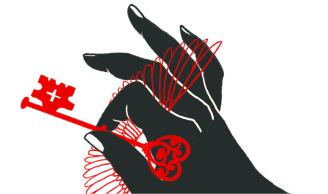
1. Create a website or a landing page
Before configuring an autofunnel, you need to prepare the basis, which is a website or a landing page where an autofunnel will work.
Today, even a non-professional can generate their own single-page website; the main thing is to understand the basic principles of branding and select the appropriate service.
Connect Google Analytics counter to your website. It is better to use both services to get more complete reports. The implementation of counters is free and it will not take you much time. With their help, you will be able to analyze user behavior on your website and fine-tune the autofunnel.
Integrate the payment service into your website to open sales, and a CRM system to collect customer data and store it in one place.
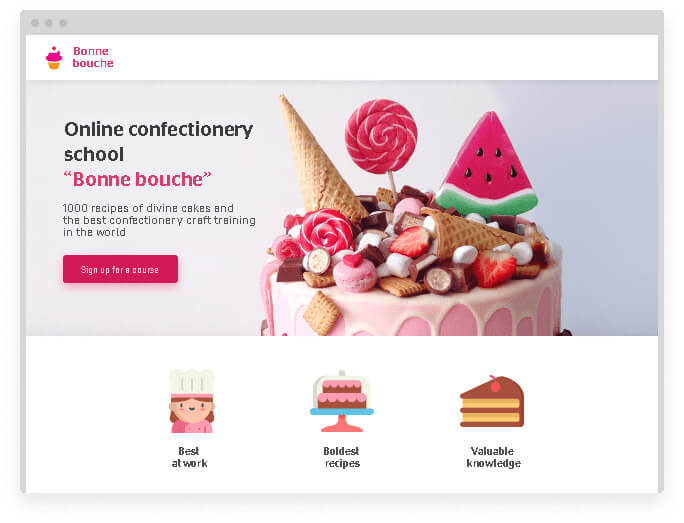
2. Define your core product
It’s quite simple: you probably know your core product. During the preparation stage of the autofunnel, it is worth checking the quality of the core product because you are making an effort exactly to sell it.
The core product is the most expensive in the funnel so it is important that it contains the value for the customer.
Let’s get back to our online school. Probably, clients more often sign up for and buy inexpensive workshops: there is no need to find time and budget for them. But the big course is your core product because it has the greatest value.
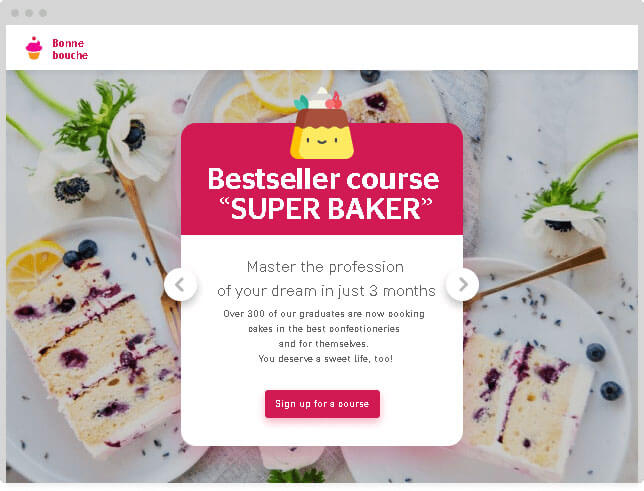
3. Make up and create a lead magnet
There are lots of lead magnet options. Here are some of the most popular ones:
- checklist;
- guide / manual;
- cheat sheet;
- video lesson;
- infographics;
- toolkit.
A free workshop on meringue baking can become a lead magnet for the online confectionery school; a user submits their name and email in a special form and gets a link to a video lesion via email letter.

4. Create a tripwire
A tripwire should be:
- simple and easy to use;
- affordably priced;
- encouraging to buy the core product (“if I’m getting this cool thing for a penny, then what am I going to get for the full price?”).
The cost of a tripwire is determined by your niche. For example, if you sell the subscription service for $500 per month, offer a one-time consultation for $5.
For our online confectionery school, a small course of five lessons on cakes will be a great tripwire.
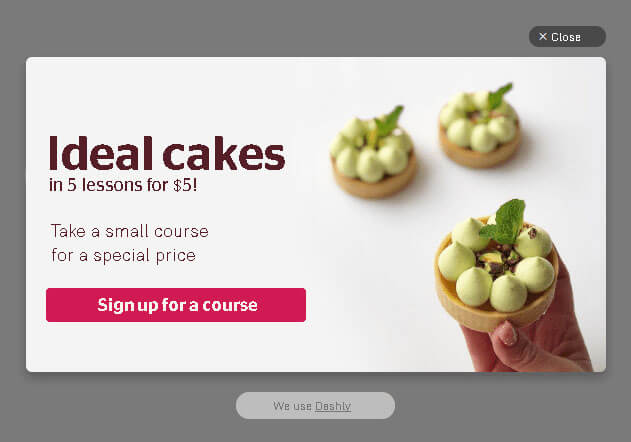
5. Define profit maximizers
Profit maximizers are products that complement the core product and help you increase your average order value. Profit maximizers are easy to identify; they are usually inexpensive add-on products such as smartphone safety glass.

As a profit maximizer, a baking starter kit can be offered to buyers of large confectionery courses.
6. Tie it all together, come up with an autofunnel script.
Once you have defined all the components of the auto funnel, the most interesting part begins: you need to connect them together and declare the customer journey.
It is very convenient to make up the scenario of an auto funnel using Miro.
Let’s imagine a potential client of the confectionery school: a woman aged 30-40, married and on her maternity leave. She loves to cook and doesn’t like her old job in the office to which she is about to return.
One day, she looks for a simple dessert recipe on the Internet and finds a free meringue baking workshop. A workshop is much better than simple recipes with pictures that she has seen before, so she does not hesitate to submit her email and gets a video lesson in the letter.
From time to time, our heroine receives a newsletter with interesting recipes and spends a lot of time on the website. One day she sees a pop-up with an offer to take a small course on baking custard cakes. The course is paid, but it is very inexpensive, especially thanks to recipes from the mailing list that she has already managed to get carried away with baking. The woman pays for the course and is looking forward to the start.
The small course was very useful; the woman learned 7 ways to prepare a cream. During this time, she became a regular visitor on the school’s website and has already found out about a large three-month course. She had no reason for a long doubt: the woman bought the training (and together with it she ordered a confectionery starter kit), successfully completed it, started baking cakes on request, and never returned to the office again.

A visitor comes to a website — Registration for a free workshop — Subscription to a newsletter — Pop-up with an invitation to a small course — Taking a small course — Subscription to a large course
7. Configure the autofunnel script and run it.
Once the script has been made up, all you need is to solve the technical issues and get started. So, in order to implement the script and run the auto funnel we will need the following:
- a lead generation pop-up: we are going to offer a lead magnet in exchange of an email in it;
- welcome letter with a link to a lead magnet;
- a chain of content letters that will maintain interest between the funnel stages;
- a pop-up with an invitation to a small course;
- a pop-up with related products.
Each of these messages can be easily configured in Dashly. For example, a lead generation pop-up takes 7 minutes to be ready, and a welcome letter takes 10.
Thus, the technical setup of the auto funnel will take you a couple of hours (along with the selection of images and copywriting). Then you’ll have to run it and enjoy the result?
Read also:
👉 Live Chat Best Practices: 20 Hacks to Make Customer Service Better
👉7 Best Live Chat for eCommerce: Boost Conversion on your Website
👉 Top 5 live chat mobile app: find the best fit for your business
👉 Live Chat: How Online Chat Tool Can Help Your Business
👉 20 Best Live Chat Software for your website chat service
👉 Acquisition funnel marketing: Grow customer conversions at each step of user journey
👉 The top 15 inbound marketing tools: harness digital power and elevate your business
👉 10 best website personalization tools to deliver top-notch visitors experience
👉 7 best email capture tools: features and pricing compared for 2024
It’s going to work out!
Every business has its own strategy, and there is no universal formula for an ideal auto funnel. But you can get closer to the ideal: do not be afraid to carry out tests at every stage of the funnel.
You can build a funnel by yourself, or you can keep your head free and entrust it to professionals. Like us?


